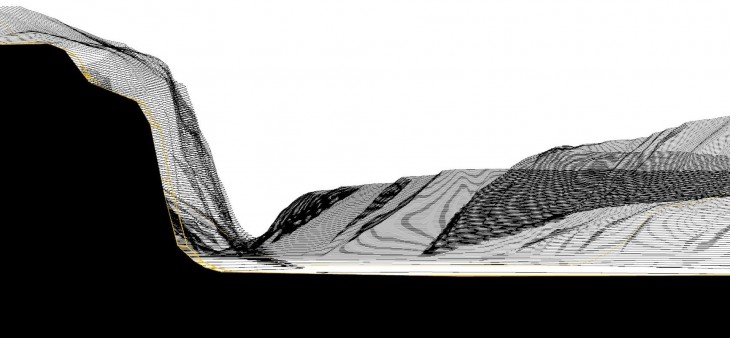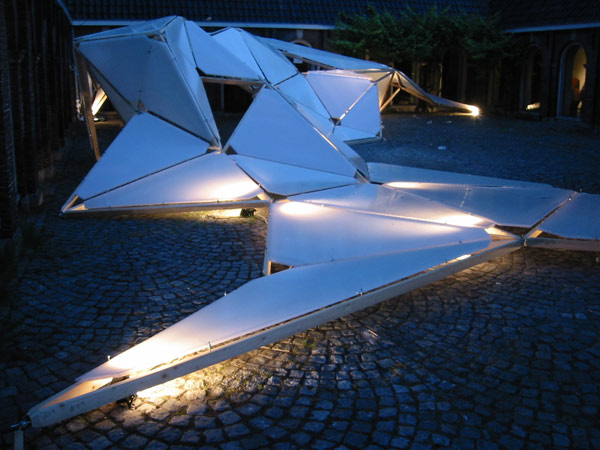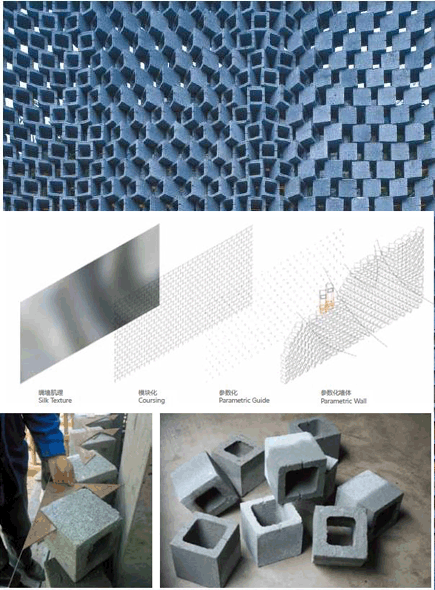
Image credit: http://blogs.ethz.ch/girotmasla1213/tag/grasshopper/
Book by Neil Leach, David Turnbull and Chris Williams
Critical essay by Trinidad Gomez.
‘For how can the digital be tectonic? And how -for that matter- can the tectonics be digital?’ Neil Leach
In this book, Neil Leach explains the behaviour between digital and tectonics, and how nowadays we can see this popular topic as a new paradigm for thinking architectural culture.
This concept is developed since the first contributions in the field of computation changed architecture, how “Emergent” behaviour participated in the evolution of the digital and engineers system, and how the architecture has evolved, because of the participation of other disciplines, such as economics, programming, engineering, etc.
Steven Johnson developed the concept “Emergence”, explaining it as a system made of relatively simple elements, organized spontaneously and without explicit laws, giving rise to intelligent behaviour. Computer programming is just a set of rules, where every of this set has only one possible interpretation and all these rules together can make a big result, but just if they work as a system, where in this book assumes that the design by algorithms works like this.
The interesting part is, that this system doesn’t need any kind of intelligence to make it a possible result, but of course they have the power of calculation. So in this part, it begins to have issues with this fact, because it appears that computers do everything, but at the end, designers are in charge to control all that they are designing.
Nowadays, the architectural process is linked with engineering more than ever, because of the facility of the control of the design and the ease to develop the complex shapes.
Everything has a method of design with a mathematical explanation, since Le Corbusier’s module has an algorithm process until now Zaha Hadid’s projects has a very complex programming code for obtain the unique shapes and surfaces.
In conclusion, a new paradigm of architecture related with digital tectonics has developed more complex digital platforms that helps to understand more closely all the details that are related to architecture whereby this results in the fact convert algorithmic language of part of architectural process nowadays. Engineer and architect’s relationship is now more than ever linked to the development of more complex structures and surfaces, converting architecture not just as space but a very complete detail process.
‘Architecture was born not of the algorithmic potential of computers programs, but the tectonics capacities of actual materials’ Chris Williams.





